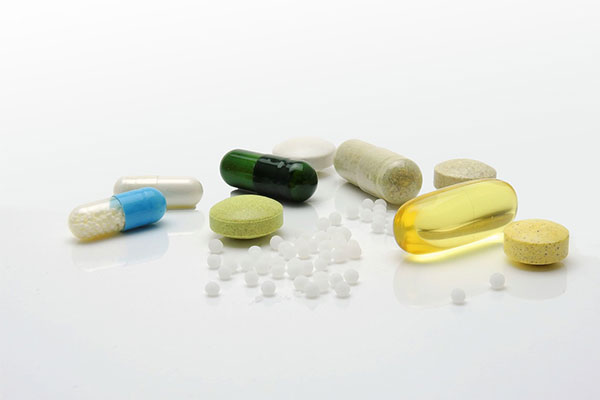In the global pharmaceutical market, the United States has always occupied a vital position. For pharmaceutical manufacturers and exporters who want to expand into the US market, understanding and complying with US drug import regulations is the key to their success. This article will analyze in detail the qualifications and specific procedures required for drug exports to the United States, helping exporters pass the certification smoothly and ensure that drugs can enter the US market in compliance with regulations.

I. General process of drug export
The process of exporting pharmaceuticals to the United States involves several critical steps, each of which needs to be strictly followed to ensure compliance with the requirements of the U.S. Food and Drug Administration (FDA).
1. Market development and cooperation: Before starting to export, companies must first understand the needs of the US market and the specific regulations of the FDA, including whether the drug ingredients, packaging, excipients, etc. comply with the regulations, and prepare the corresponding documents to submit to the FDA.
2. Start registration and complete registration: Before exporting drugs to the United States, you must complete the FDA registration process and submit all necessary registration documents, such as the Drug Master File (DMF), to obtain FDA approval.
3. Production and stocking: After the order is confirmed, production and stocking will be carried out according to the contract requirements to ensure that the drug production process complies with Good Manufacturing Practice (GMP) standards.
4. Export declaration: Prepare all documents required for export, including application for pre-export inspection and supervision, and submit necessary customs declaration documents to the customs, such as electronic ledger data, etc.
5. Logistics and transportation: During the transportation process, drugs need to comply with Good Storage Practice (GSP) and related logistics service specifications to ensure the quality and safety of drugs during transportation.
6. Customs clearance and delivery: After the drugs arrive in the United States, the exporter needs to provide complete customs clearance documents, such as commercial invoice, packing list, etc., to complete the customs clearance process.
7. Drug launch: If the drug is not yet available in the U.S. market, it will need to go through additional registration and approval processes in accordance with U.S. regulations.
II. Documents Required for Pharmaceutical Exports in China
Before exporting drugs to the United States, companies must prepare and obtain a series of documents and certificates in China.
1. General requirements:
(1) The enterprise needs to hold a "Drug Business License" and a foreign trade operator registration certificate.
(2) Obtain a pharmaceutical import and export business scope certificate and a customs registration certificate.
2. Special requirements:
For narcotic drugs, psychotropic drugs, etc., it is necessary to apply for special approval procedures in accordance with the "Regulations on the Import and Export Administration of Protein Anabolic Preparations and Peptide Hormones" and other regulations.
III. U.S. Regulation of Imported Drugs
The U.S. FDA leads the supervision of imported drugs and involves multiple links and levels.
1. Regulatory system:
(1) The FDA is responsible for the overall regulation of drugs and ensures that all imported drugs meet U.S. safety, efficacy, and quality standards.
(2) The U.S. Customs and Border Protection (CBP) and the Environmental Protection Agency (EPA) are also involved in the regulation of some drug imports.
2. Import procedures:
(1) Importers must submit all necessary documents, such as registration numbers, government forms, invoices, etc., through the FDA’s electronic system.
(2) Drugs must undergo strict FDA inspection before importation to ensure compliance with all regulatory requirements.
3. Terminal disposal of rejected drugs:
If the drug does not meet FDA requirements, it will be refused entry and must be destroyed or returned to the exporting country within a specified time.
Exporting drugs to the United States is a complex and standardized process involving extremely strict regulations and standards. By understanding and strictly abiding by these processes and regulations in detail, exporting companies can effectively avoid the risk of violations and ensure that drugs enter the U.S. market smoothly. This not only helps companies expand their international markets, but is also an important guarantee for ensuring drug quality and patient safety.


 Follow customer service WeChat
Follow customer service WeChat